Fleetguard shares the story of filtration science leading to a biodiesel solution with a seven-time increase in performance.
By Ismail Bagci
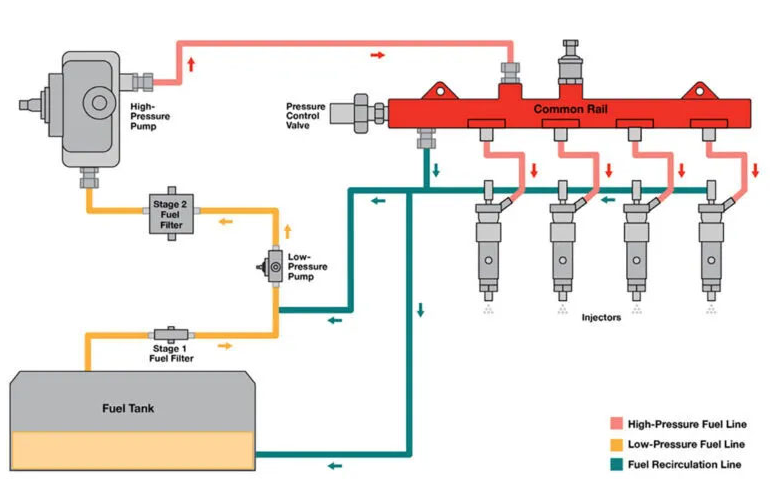
Biodiesel consumption accelerated and feedstocks rapidly changed in 2022 as a result of an unanticipated shift in governmental policies that encouraged the consumption of biodiesel. In addition, geopolitical events limited supplies of conventional ultra-low sulfur diesel (ULSD).
Driving the consumption of these non-standard blends were governmental policies in many regions that required biodiesel consumption or encouraged it with financial incentives. In other regions, the impact of the war in Ukraine and other political instabilities constricted supplies of conventional fossil diesel.
In response, fleets accelerated their use of a variety of biodiesel blends, including B5, B10 and B15, many of which were increasingly made from non-standard, filler feedstocks such as cooking oil and animal fats. At the same time, the United States exported less ULSD, so alternative supplies of diesel of suspect quality had to be transported on a growing number of longer voyages on tanker ships.
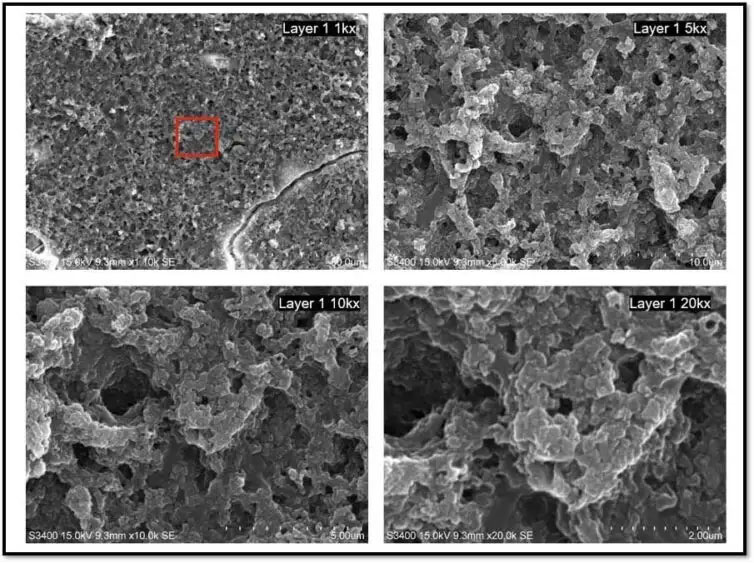
Users of the new diesel engine reported their fuel filters were clogging much faster than expected. Scanning electron microscopy (SEM) analysis showed the filters were caked with ultra-fine, gel-like deposits in the 1 to 2 μm size range.
The changes in biodiesel blends occurred rapidly and came with a consequence no one anticipated: premature plugging of fuel filters. This was the case for a global original equipment manufacturer (OEM) that launched a new engine around the same time these new blends hit the market.
Users of the new diesel engine around the world reported premature clogging of fuel filters that resulted in service intervals 30 to 50% shorter than expected.
The filters were caked with an unusually high amount of soft, gel-like deposits of an ultra-fine (1 to 2 μm) nature. Chemical analysis revealed the deposits were metal salt carboxylates. But where did they come from?
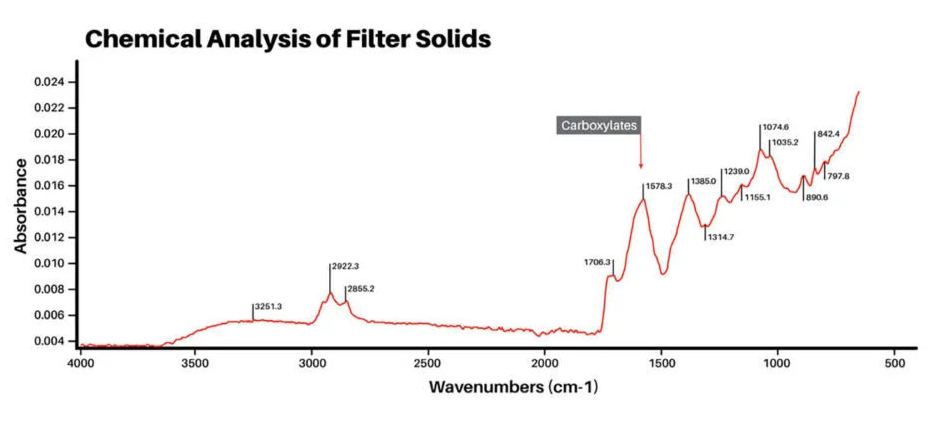
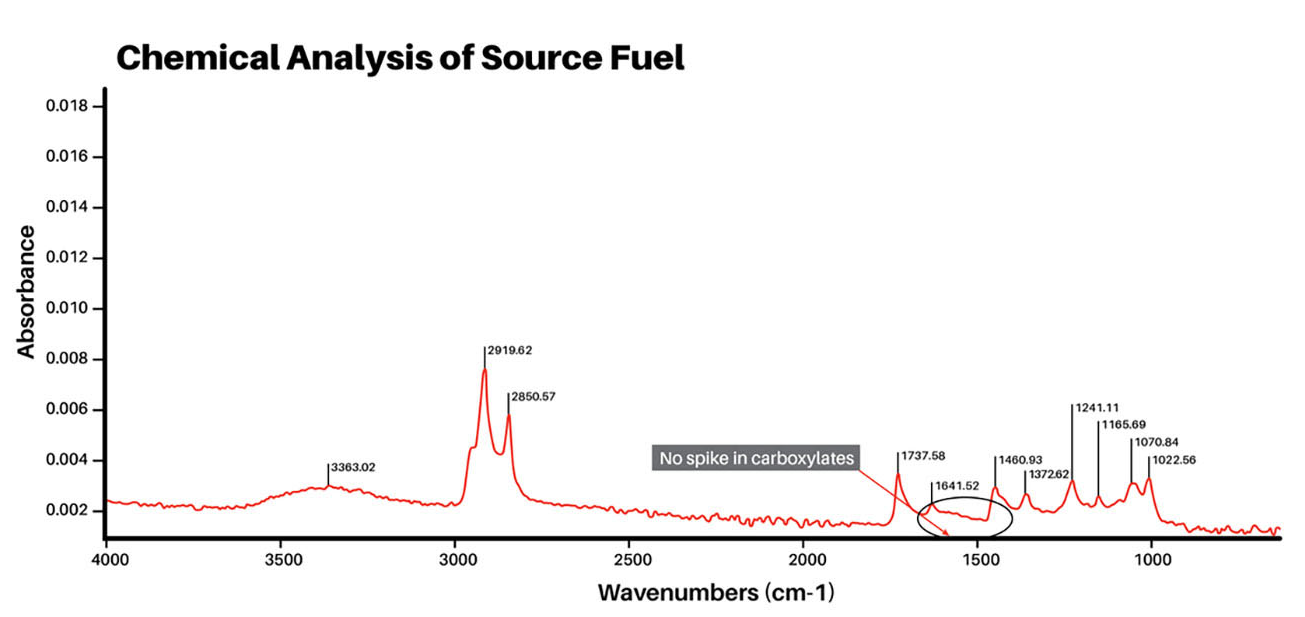
Chemical analysis by Fleetguard revealed the soft contaminants plugging fuel filters were metal salt carboxylates. Carboxylates are known contributors to the formation of soaps, which are insoluble in diesel fuel and stick to filter media, accelerating plugging. Chemical analysis of the source fuels found no spike in carboxylates, however, suggesting they may have been forming in the engine.
Fleetguard’s team of engineers, chemists, biologists and specialists went to work to discover the reason for this.
Working closely with the engine OEM, Fleetguard collected fuel samples from multiple locations globally to determine if the contaminants came from the fuel itself.
“None of the fuel samples contained a significant presence of carboxylates. That led us to wonder if the contaminants formed in the engine,” said Karthik Jayaraman, technical manager for Fleetguard.
After running fuel samples through test cells that recreated engine and fuel conditions, Fleetguard’s specialists confirmed that the carboxylates were indeed forming within the engine, under the high temperatures and pressures of the high-pressure common rail (HPCR) fuel injection system. Then, uncombusted fuel—containing the newly formed carboxylates—was recirculated back through the fuel system. You can see this in the image at the top of the page.
Now that the team understood what was happening, it was time to determine how to modify the filter designs to address the issue.
“Our filters targeted and captured the particle sizes of contaminants present with a very high efficiency,” said Jay Stephenson, North American training leader for Fleetguard. “What we discovered, however, is that the filters lacked the capacity to hold the volume of soft organics created from the new biodiesel blends, which was much greater than what we traditionally saw with regular ULSD fuel sources.”
The fuel filters originally supplied by Fleetguard for the engine incorporated a nanofiber technology called NanoNet to protect engine applications with tighter component tolerances from hard contaminants such as sand and dust. After evaluating many different combinations of media, Fleetguard filtration experts decided to add a glass layer that would hold the high volume of soft contaminants they were encountering and still meet the OEM’s original service intervals.
Testing validated this approach. The redesigned filters provide seven times greater life and more than double the carboxylate removal efficiency compared to our original filter design.
Fleetguard also tested its redesigned filters against a competitor filter the OEM had been considering. Initial testing indicated the competitor filter would provide longer filter life than the original filter. Further testing, however, showed the competitor filter was less effective at capturing contaminants, accounting for its longer service life. Those tests demonstrated the original filter design removed more of the soft contaminants than the competitor’s filter would, Jayaraman said.
The results of these tests gave the OEM confidence that the new filters would meet their specified maintenance interval.
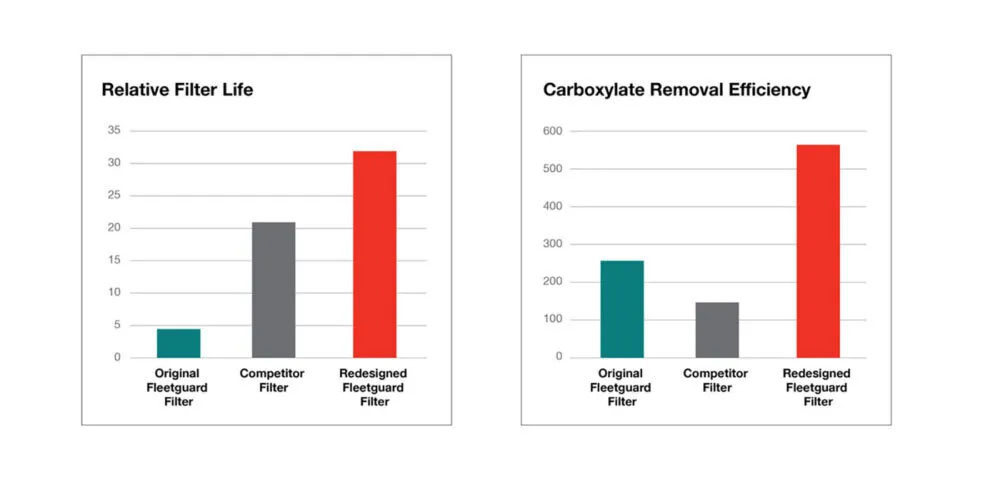
Tests showed redesigned media would extend filter life by more than seven times over the original design. They also showed that the new filter media—and even the original filter design—is significantly more efficient at removing the soft carboxylate contaminants than a competitor’s filter.
Diesel engine equipment operators encounter new challenges every day. You can be confident that your engines and equipment will go further—no matter the circumstances—with the protection of filtration science.
This article was contributed by Ismail Bagci, technical director at Fleetguard, a brand of Atmus Filtration Technologies.
This article first appeared in the May 2024 issue of Fleet Equipment Magazine,
https://www.fleetequipmentmag.com/why-fuel-filtration-science-matters/